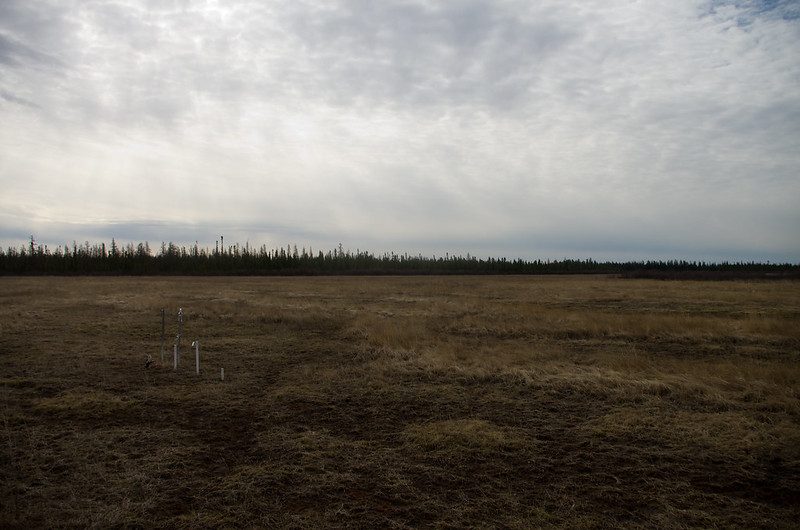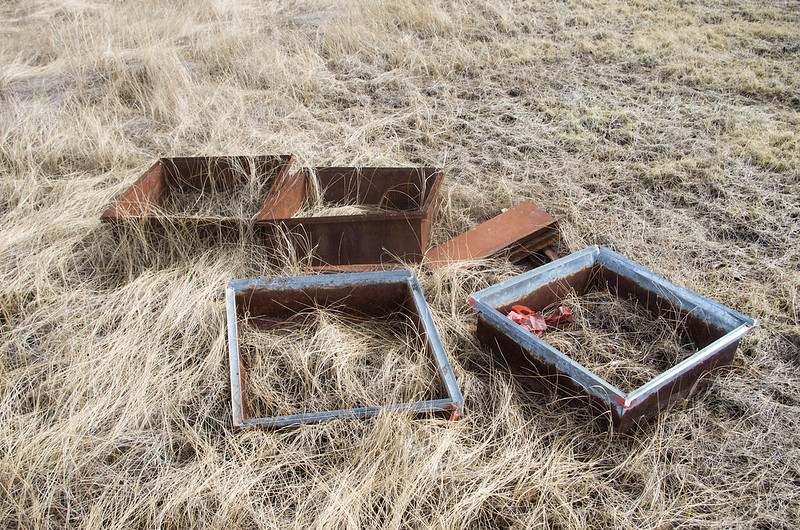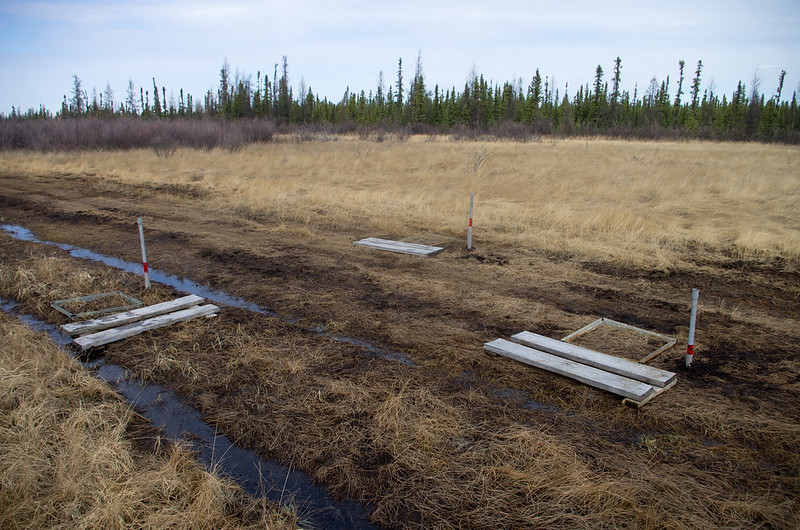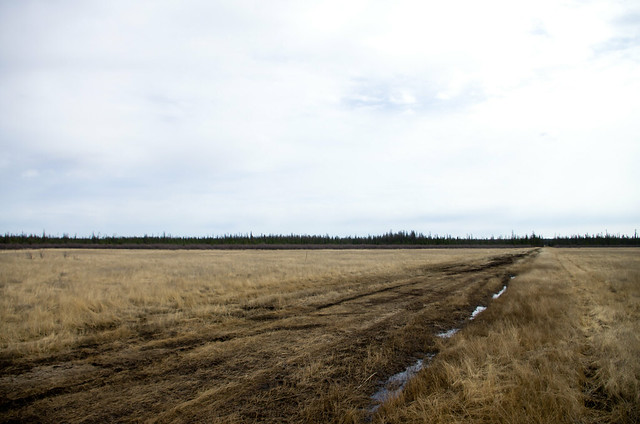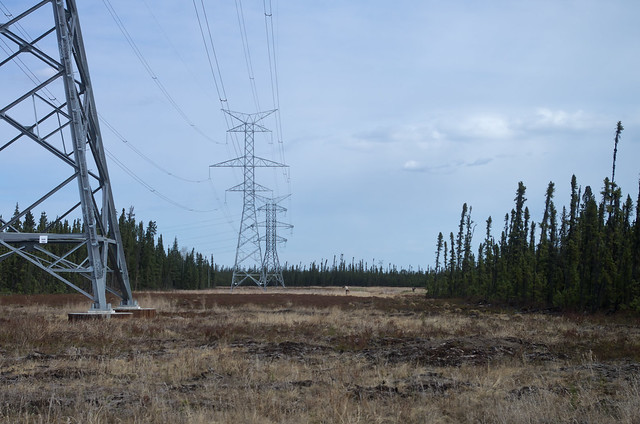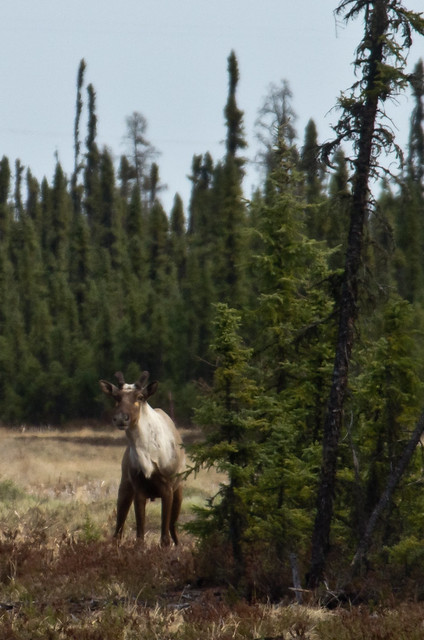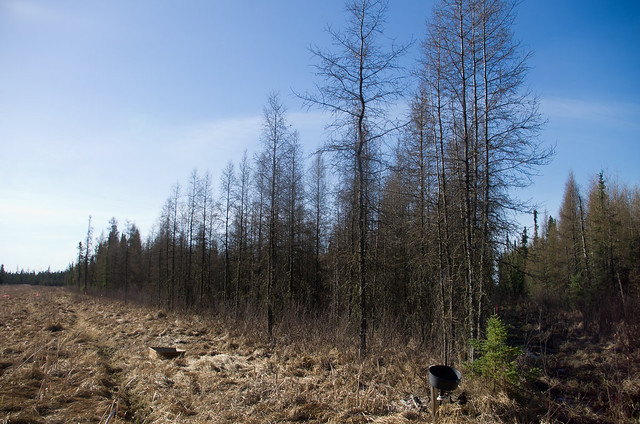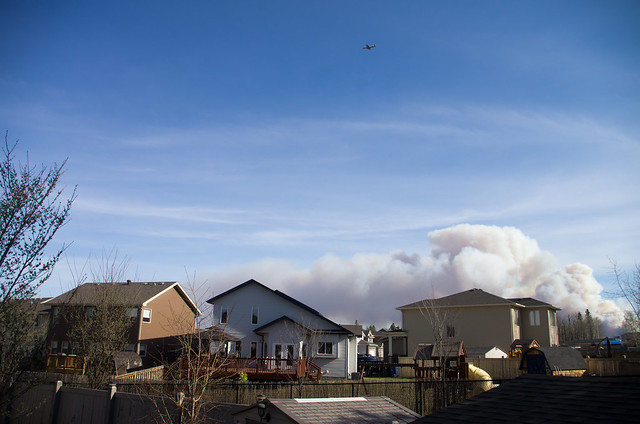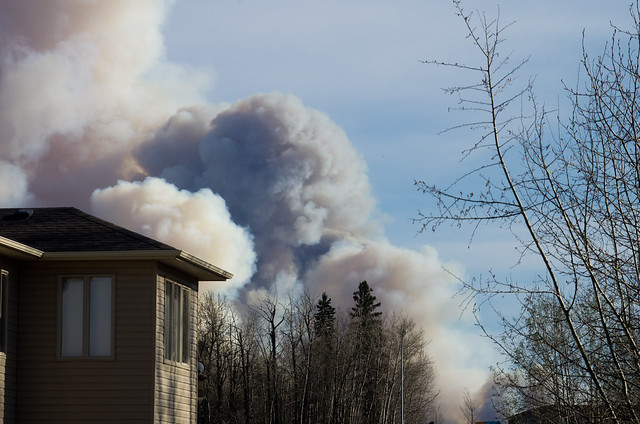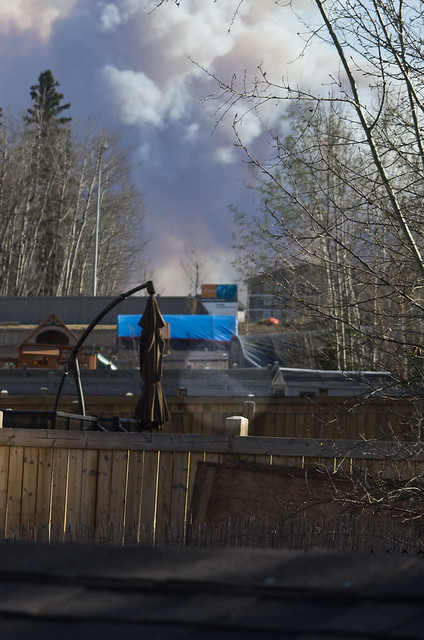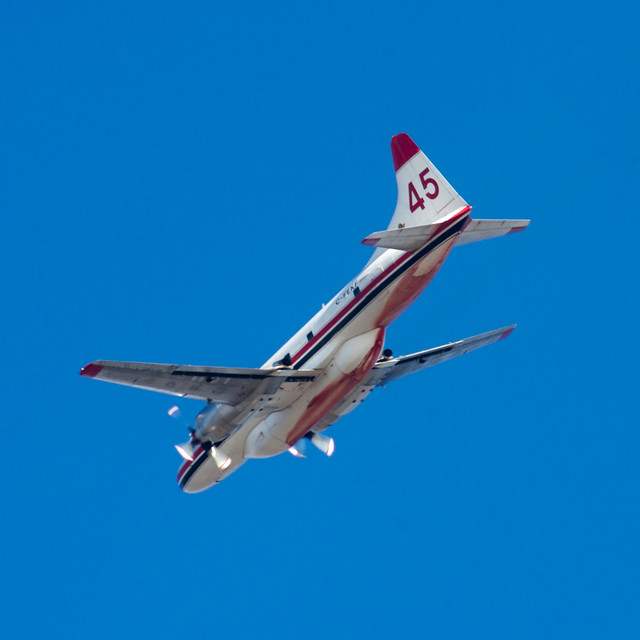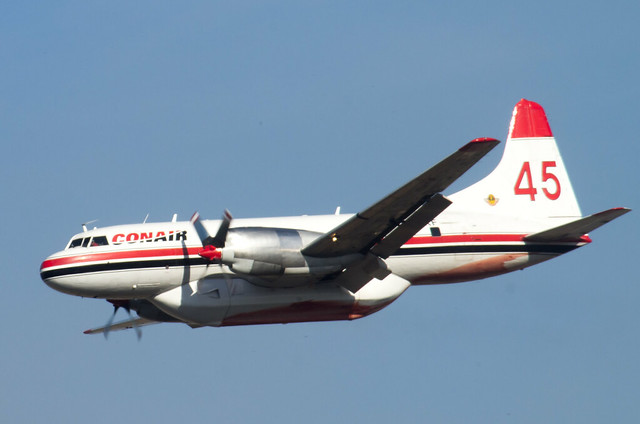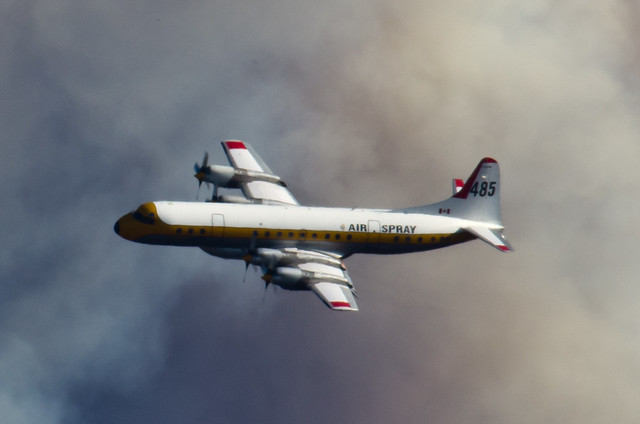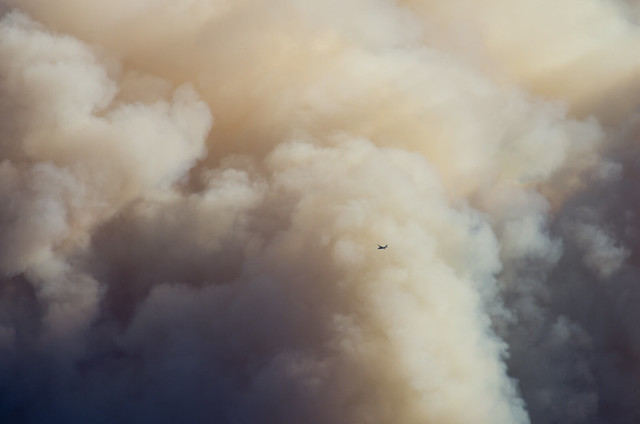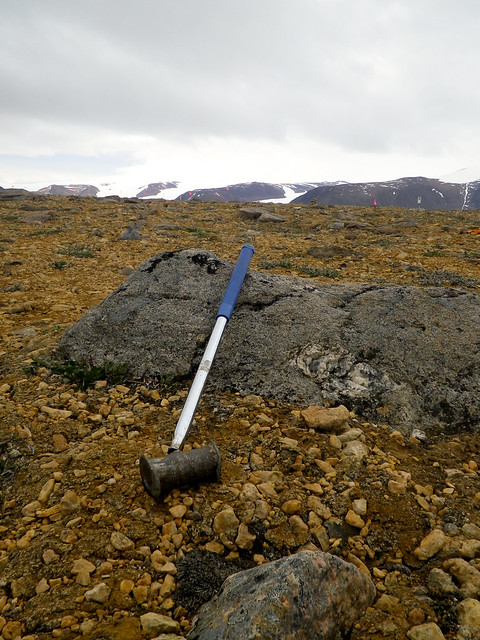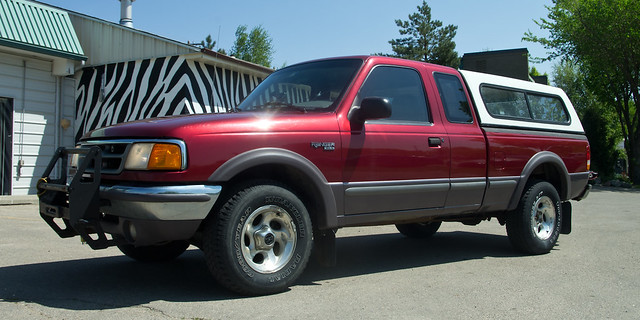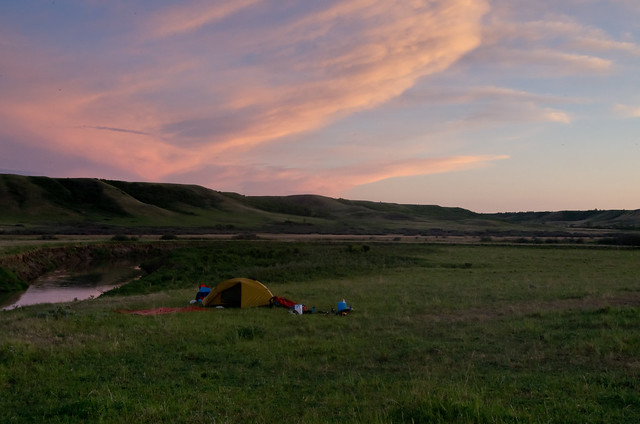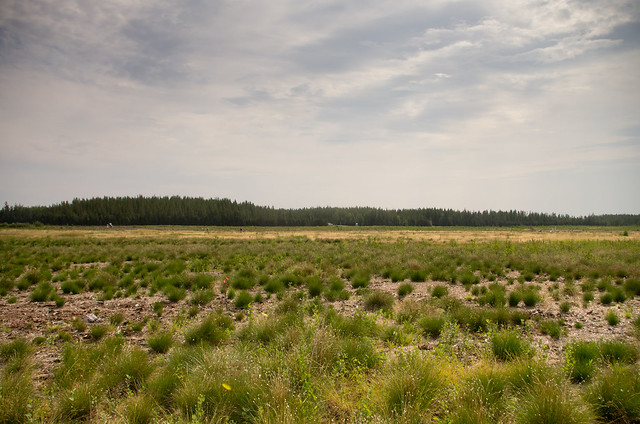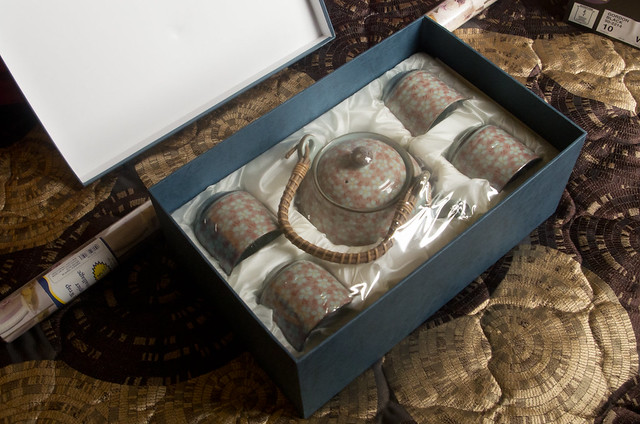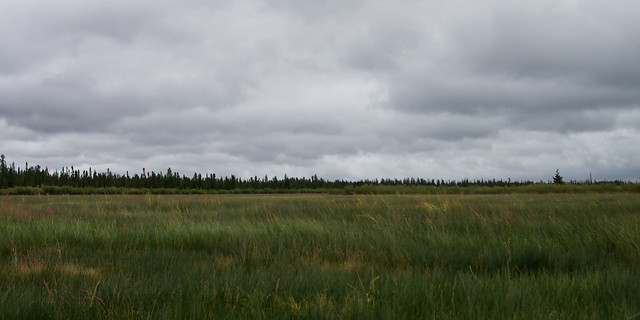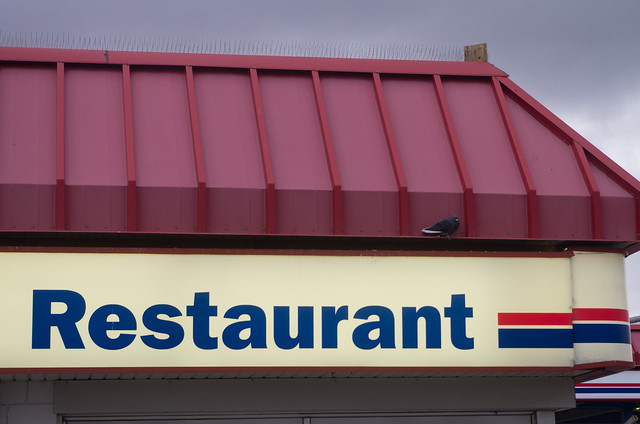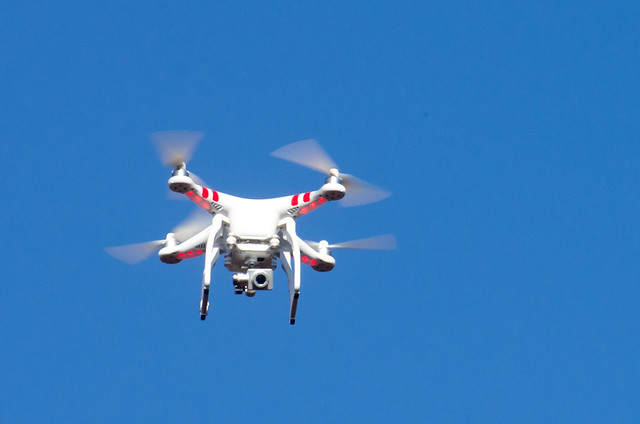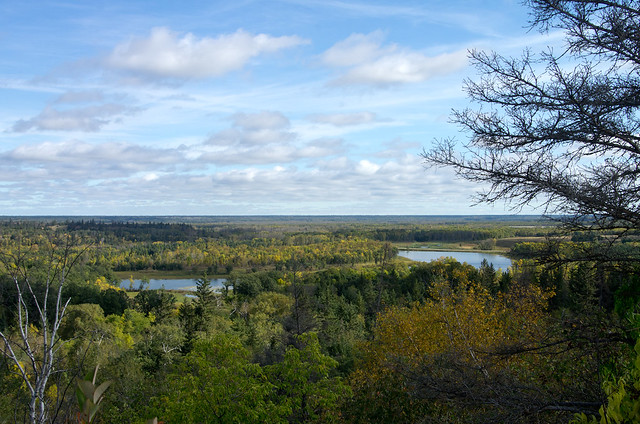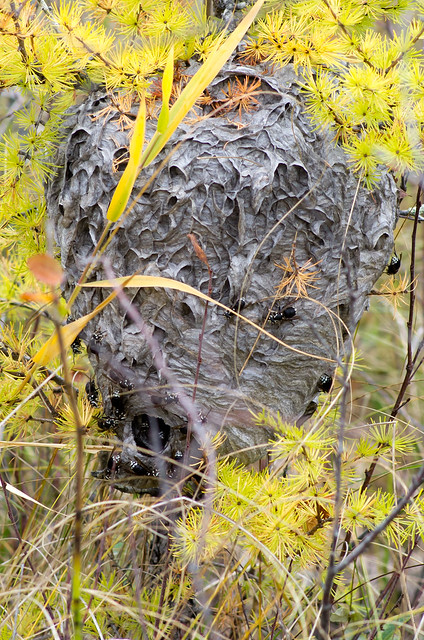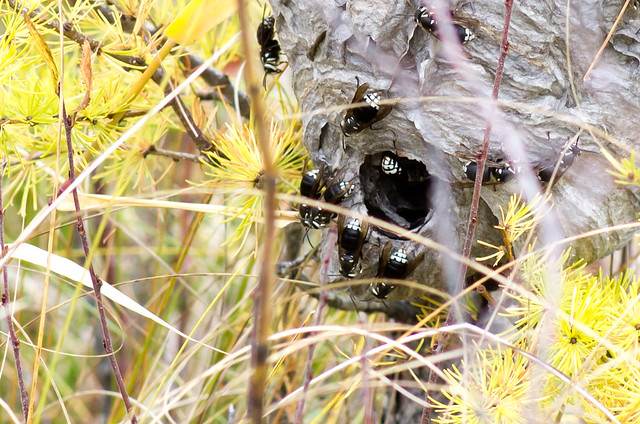The World Until
Yesterday
Jared Diamond
Penguin, 2013
"What can we learn
from traditional societies?" is the subtitle of this book by the
author of one of my favourite books of all time, Guns, Germs & Steel. Dr. Diamond is a
biologist and geographer employed by the University of California,
Los Angeles whose fieldwork has included decades of interactions with
members of traditional societies, particularly in Papua New Guinea.
Unlike
an anthropological investigation, the subtitle's question is not
"learn about traditional societies" and invites us - those
of us who don't live in a traditional society - to take what we can
from lessons of observation. The book is divided into sections that
cover major ways in which traditional societies differ from civilized
societies, such as child-rearing practices and settling disputes and
conflicts.
The
term "civilized" may be controversial and Dr. Diamond
mostly avoids using it (I use it in the literal sense; the word means
"city builder"). He defines "traditional societies"
not in opposition to those of us who live in cities and nation-states
with books and processed food and tall social hierarchies, but simply
as societies that closely resemble how all people lived until the
dawn of agriculture. Hence the main title, in reference to the fact
that something like 99% of the time of human existence has included
no agriculture and no cities. He repeatedly makes the point that the
very broad diversity of traditional societies and how such people
accomplish basic human universal tasks represents a natural
experiment; we can observe the 'results' of these experiments and
gain useful knowledge to improve the organization and daily life of
our own societies.
The
enormous diversity of traditional societies makes it difficult to
draw broad generalizations except by defining the term against
non-traditional societies. Dr. Diamond describes a hierarchy or
social-development pathway (while reminding the reader that societies
can and have moved in the opposite direction) from bands to tribes to
chiefdoms to nations, separated by increasing levels of population
size, subsistence, political centralization, and social
stratification. Most currently-extant traditional societies are very
small, qualifying as bands or tribes, because most of the world is
owned by nations. The categories grade into each other rather than
having firm boundaries, so it could be argued that some of the
smallest modern states or sub-state nations (I'm thinking of the
semi-autonomous republics of the Russian Federation here) are
chiefdoms, but the historical pattern has been one of nations
annexing or destroying smaller societies.
The
basic idea of the book, to present examples of ways in which various
traditional societies may do things like care for the elderly and
then attempt to apply some of those methods to our own societies, is
intriguing and I think useful. There isn't one optimal way to live,
and there is a wider array of choices than most people may be aware
of. On the other hand, many of the things that traditional societies
do that we might wish to emulate are embedded in a drastically
different culture. Simple things, like carrying a small child so the
child's face is close to the adult's eye level, facing forward and
able to observe the world while in physical contact with a parent (or
"alloparent", a non-related adult caregiver) may be easy
enough to implement. Dr. Diamond is a little pessimistic about that
example, suggesting that social disapproval in a modern society may
lead such adventurous parents to abandon these attempts, but among
the parents of young children I know, caving to social pressure like
that doesn't seem particularly likely.
I
either disagreed with or was apathetic about many of Dr. Diamond's
suggestions for changes to modern society. Many of his examples,
comparing how some particular traditional society did something to
what he's seen in Los Angeles seemed to me to be maximized
differences by comparison to LA or the broader culture of the United
States; comparison with other modern societies such as Canada or
various European cultures might not make the difference seem so
stark.
Other
examples ignored one of the most important differences between
traditional and modern societies - the risk of death at any age. It's
facile to compare causes-of-death between the two categories of
societies and imply that intertribal warfare or infected wounds have
simply been replaced, one-for-one by modern car accidents and heart
attacks. Yes, those are the leading causes of death in most modern
societies - and Dr. Diamond does devote considerable text to the
questions of non-communicable diseases such as heart disease and
diabetes - but the every-day risk of dying in an automobile collision
is drastically lower for a member of a modern society than any
potentially-corresponding hazard faced by traditional societies.
The
consequence of our modern lack of death is dramatically different
demographics. Unfortunately, Dr. Diamond does a very poor job of
describing these differences. He relies heavily on the
often-misunderstood concept of expected lifespan. Given his
scientific training, I do not think Dr. Diamond fails to understand
this concept, but he fails at clarifying it for his readers.
The
most commonly cited measure of life expectancy, period-specific life
expectancy at birth, is based on a number of factors and does not
apply in many situations that many people try to use it in. For
example, in his book Alone Against the North,
modern-day Explorer Adam Shoalts discusses hypothetical, historical
aboriginal populations in northern Canada as having a life expectancy
of less than 30 years, and therefore there would have been no elderly
people at all in those societies. THAT'S NOT WHAT IT MEANS. Sorry, I
get frustrated by this stuff. A life expectancy of 40 years, to use
an example that appears several times in The World Until
Yesterday, does not mean that
nobody much older than 40 is to be found in that society. It's an
AVERAGE, a mean value based on counting how old each person was on
the day they died. The period-specific part comes in when
discussing societies that experience PROGRESS, which I'm going to
define as the long-term improvement in human lives driven by
intentional and accidental changes to human societies through time.
Traditional societies, more or less by definition, do not experience
progress - every day is much the same as every previous day,
stretching back through thousands of years - so the different life
expectancies of modern Canadians born in 1950 vs. in 2000 are not
relevant here.
A
life expectancy of 40 years at birth
could be created through a wide range of factors, but the most common
among humans is a high death rate for infants and children combined with a lower and fairly steady death rate for ages higher than early childhood. Extreme
values - those that are far from the mean - have high 'leverage'
because they have a large influence on the value of that mean. A
population in which large numbers of people die shortly after birth
but those who survive typically do not succumb until much older will
have a mean life expectancy that few people would be expected to actually die
at. A society with a life expectancy of 40 years probably has many
people much older than 40 and many dead children, who conveniently get
swept out of sight and out of mind. Societies with many dead children
also probably have many living children, hence observers tend to miss
the fact that in the absence of child-killers like periodic famines
and the various diseases that cause catastrophic diarrhea there would
be twice as many children
teeming in those quaint villages as what you see. A life expectancy of
40 means an individual is expected to live 40 years on the day they
are born. A year later the dice have already been rolled for many,
many events that could have
but did not kill that 1-year-old. This is true for everybody still
alive, so their subsequent life expectancy is considerably higher
than the at-birth population level expectancy, especially in
societies where children die at much higher rates than adults - which
is all societies, though modern societies have considerably reduced
that difference (see Progress, above).
These
demographic factors mean that modern societies differ from
traditional societies in a few fundamental but apparently invisible
ways - we expect our children to grow up, even premature babies and
others with (sometimes severe) risk factors present on the day they
are born. We expect to become old, to retire from our jobs or careers
and then enjoy some time alive beyond that point. Obviously,
retirement is a concept largely absent from traditional societies
because their older people continue to "work" even if
they're not walking a zillion kilometres a year through the bush. And
we moderns famously have little experience of death, despite the
trivially obvious fact that everyone dies. But with our low death
rates at every age, the only civilized people who have much
experience of dead and dying people (besides medical professionals)
are the very old, whose memories compress the deaths of everyone
they've known through their long lives into a short subjective
period. Yes, everyone you knew is dead - but that process took
decades. For a child without playmates because of a sweep by cholera, that process took weeks.
Getting
back to the concept of progress, it is that which I believe separates
modern societies from not just traditional societies but also
separates us from pre-scientific societies in history. I struggle
with a concept I call the "Wall of History" - I find it
very difficult to empathize with or comprehend the lives of people
who lived before effective cures for diseases or the ability to
travel long distances and then return
existed. I constantly think
about how tomorrow will be different from today, but a pace of change
fast enough to make that relevant (i.e., significant changes within
an individual's lifetime) was missing from everywhere until
approximately the Industrial Revolution. That's just me, I'm sure,
but when I read Dr. Diamond's suggestions for improving modern
societies by picking and choosing aspects of various traditional
societies I stumble over objections based on microbiology,
macroeconomics, or engineering. There are certainly some good, or
even great ideas here, but I need more convincing.


